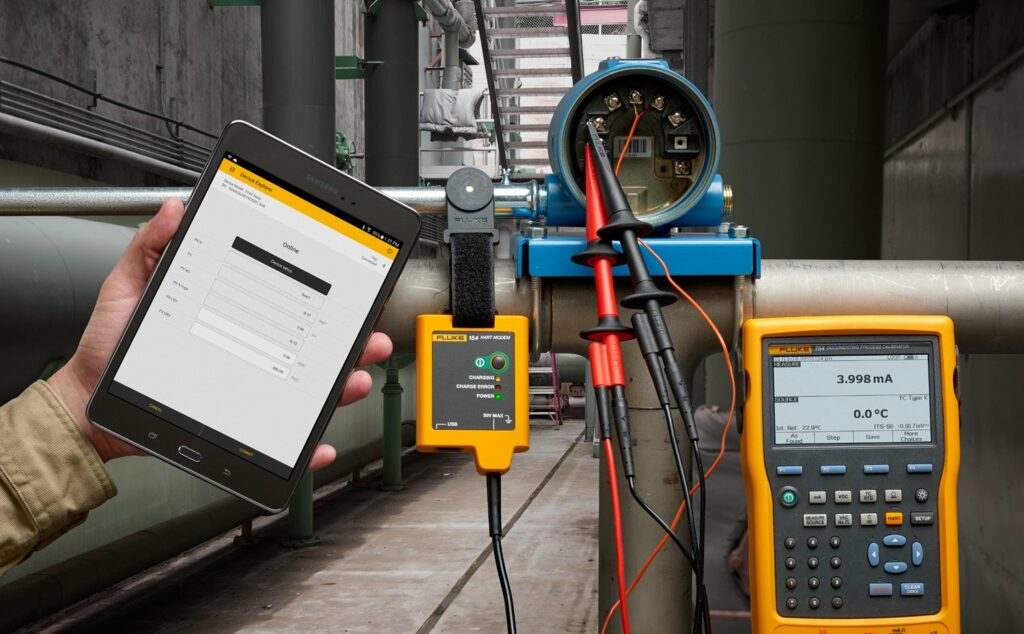
Temperature Transmitter Calibration in Bangladesh
Temperature transmitters play a crucial role in industrial automation, ensuring accurate temperature readings for process control and safety. Over time, these devices can drift from their original accuracy due to environmental factors, wear, or electrical interference. This is where temperature transmitter calibration becomes essential, guaranteeing reliable and precise measurements for optimal system performance.
In Bangladesh, industries such as power generation, food processing, pharmaceuticals, and chemical manufacturing rely heavily on accurate temperature monitoring. Without proper calibration, these systems risk process inefficiency, product defects, or even safety hazards. Regular calibration of temperature transmitters ensures that industrial processes remain safe, efficient, and compliant with local and international standards.
Why Temperature Transmitter Calibration is Important
Temperature transmitters convert temperature measurements into electrical signals that control and monitor industrial processes. Even a small deviation can lead to significant errors in process control. Calibration ensures that the transmitter’s output corresponds accurately to the measured temperature. Key benefits include:
-
Accuracy Assurance: Guarantees precise readings, reducing the risk of process errors.
-
Improved Safety: Prevents overheating or underheating that could lead to accidents or product spoilage.
-
Regulatory Compliance: Helps industries comply with international quality standards.
-
Cost Efficiency: Reduces maintenance costs and prevents wastage caused by inaccurate readings.
Calibration Process in Bangladesh
Temperature transmitter calibration involves comparing the transmitter’s readings with a known reference standard and adjusting them to match the standard. The process typically includes:
-
Inspection: Assessing the device for physical damage or wear.
-
Zero & Span Adjustment: Ensuring the transmitter correctly measures the minimum and maximum temperature range.
-
Output Verification: Confirming that the transmitter output matches the applied temperature accurately.
-
Documentation: Providing a calibration certificate for quality assurance and compliance.
Professional calibration services in Bangladesh use high-precision instruments and follow ISO-certified procedures, ensuring that industrial operations maintain their reliability and efficiency.
At Pico Labs Ltd., we specialize in temperature transmitter calibration in Bangladesh, offering expert calibration services with high accuracy and reliability. Our team ensures your industrial systems operate at peak performance, backed by certified calibration processes that meet global standards.
Investing in regular calibration not only prolongs the life of your equipment but also safeguards your industrial processes from costly errors. For industries in Bangladesh seeking precision, safety, and efficiency, professional temperature transmitter calibration is a critical step.
Choose Pico Labs Ltd. for top-notch calibration services in Bangladesh — accuracy, reliability, and industry expertise you can trust.
